The 7 Types of Paints: Everything You Need to Know
When you look for good paint in terms of quality, the options in the market are confusing. So, here we have made the best list of paints for you to pick!
Painting being integral part of your home is the most challenging and important task .
Inspite market giving lot of options to chose ranging from water-based acrylic and oil-based enamel paints but also by numerous finishes, which can radically change the look and feel of a space , makes people so confused to chose one from with very little idea where to use what paint.
Hometriangle helps you to ease your confusions and chose the best paint for your Home.
Before starting to paint Ensure the preparation of a smooth surface for a good paint finish. To achieve this, use POP (plaster of Paris) to repair all the holes and cracks in the wall. This should be followed with priming to seal the walls and provide a good base for the paints to adhere to.
1. Very good quality acrylic paints for the Interior walls and ceiling.
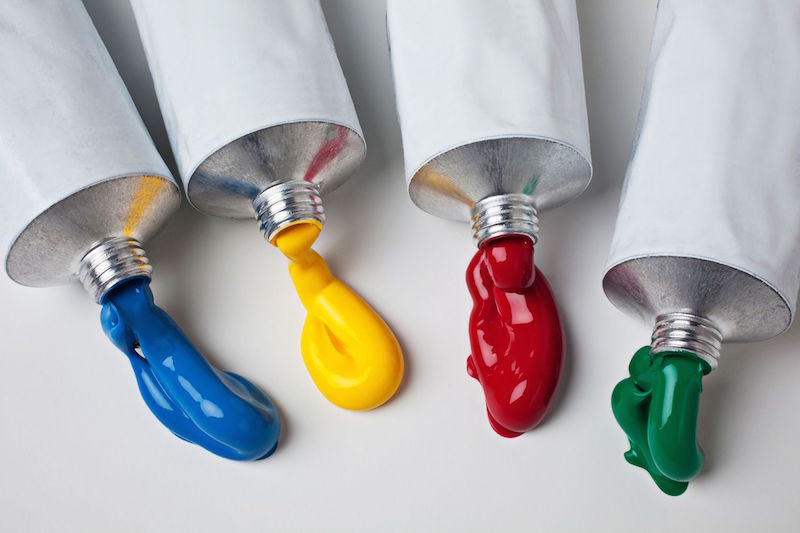
Source : fthmb
Acrylic paints are preferred for homes because of their best properties: They are quick dry, durable, and resistant to peeling, flaking or cracking when subjected to extreme conditions of weather and temperature.
While choosing paints look for antimicrobial qualities that protect walls from dark spots created by fungal growth. Make it a point to go for odourless, chemical-free and environment-friendly products with safe levels of VOCs (volatile organic compounds).
Hometriangle recommends a matte finish paint for your ceiling. Avoid a reflective paint for this area as the combination of direct and indirect lighting may cause light reflections to bounce all around the room.
2. Shiny emulsions for rooms.

Source : rumahjogjaindah
In the Market we find velvet, satin or silk emulsions, these paints look elegant and are some of the most commonly used paints in interiors. The high- or mid-sheen finish is smooth, washable and has enhanced radiance because of its ability to reflect a bit of light.
To retain the shine of the surface, routine cleaning should include wiping the walls with a damp cloth every three months.
3. Matte finish paint for deep-coloured walls.

Source : idolza
If you are thinking of dark colours into your walls the advisable paint is a matte finish, which is non-reflective and has the tendency to absorb light. Such paints work well on poorly-finished walls as it effectively hides imperfections like dents, patches and nail holes.
Keep in mind that the usual matte-finish paints are not easy to clean, so we would suggest you to go for washable matte-finish paints.
4. Semi-gloss paint for bathrooms and kitchens.
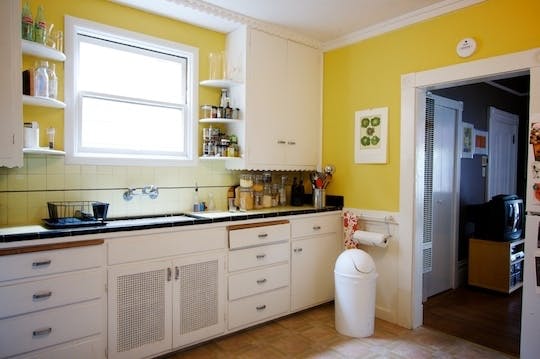
Source : atmedia
There is no better place for semi-gloss paints than bathrooms or kitchens, which are exposed to the moisture and humidity. These finishes have a shiny surface and high resistance to fungal growth. Embedded with stain-guard technology these paints prevents stains from penetrating the surface and ensures easy cleaning.
5.High-Sheen paint for wooden or metal surfaces.
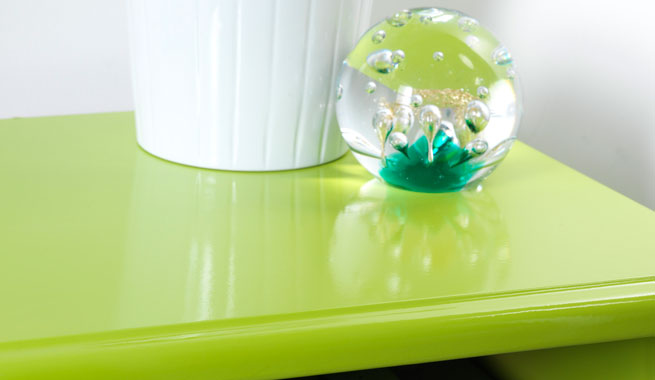
Source : makeityours
Paints with more Sheen are more durable . High-sheen paints are very hard, lustrous and durable, they offer an easy-to-clean surface. The best part of this finish is that it is ideal for any surface like wood, metals and even walls.
6. Easy-to-clean paints for kids rooms.
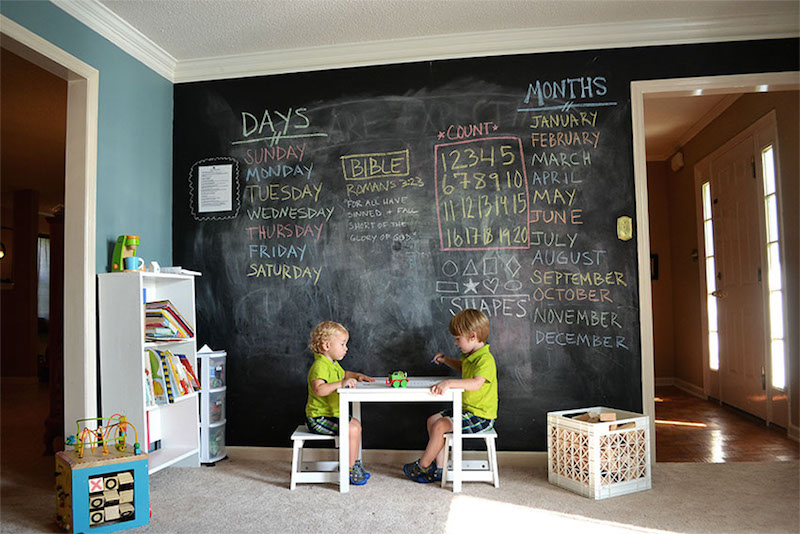
Source : designwud
How about going for easy-to-clean paints for the kids’ rooms? This is a great solution for homes where children like to scribble on the walls. Paints with a teflon surface protector which reinforces the strength of the wall. Also, it protects the wall against stubborn stains
7. Weather-coat external paint.
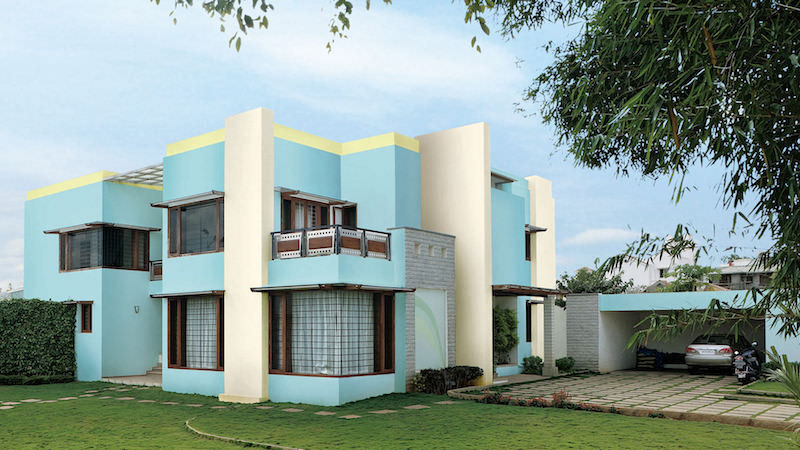
Source : archiexpo
There are so many options to choose from when it comes to paints for facades. Contemporary paints come with silicone additives which impart good water resistance and external protection. To maintain a paint’s longevity, look for products like SmartCare Crack Seal with a crack-bridging technology where the paint has the ability to stretch and protect the surface from cracks.
The introduction of nano materials as an ingredient in conventional paints. Each coat of paint is composed of densely packed molecules, among which are added nanoparticles of materials that resist the ravages of many aspects of external weather conditions. Nanotechnology is also used to create thermal insulating paints which reduce the amount of external heat penetrating into the building.
Can also read :